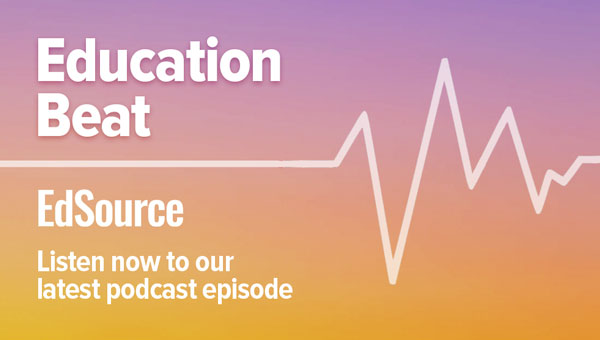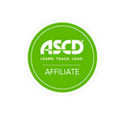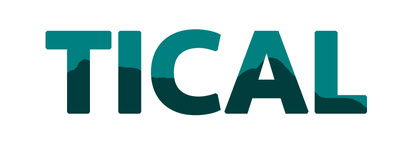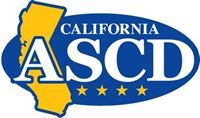EdSource:
California’s new screener for reading difficulties can be misunderstood and even abused
Linda Diamond
Published
August 9, 2025
-
-
Tuesday, August 12, 2025 — 9:54 am
-
Monday, August 11, 2025 — 10:48 am

July 31, 2025 - An Oakland woman adopted a class of first graders and promised to pay for their college educations if they graduated from high school.
Subscribe and view more
Early screening assessment to identify students at risk for reading difficulties is essential to ensure California’s children are literate. The good news is California has finally joined almost all states that have required reading screening for the early grades. The bad news is that too often, the intent of the screener is misunderstood.
What are Reading Risk Screeners?
Specially designed tests can help identify reading difficulties for children in kindergarten through second grade. Some screeners are administered orally by an adult, some are completed online, but all require reading words or passages, and California’s screeners are in multiple languages.
Districts have a choice of four screeners and are required to begin screening students in the 2025-26 school year.
To learn more about what screeners and other assessments do and don’t do, see this explanation.
The purpose of the California screener is to provide early identification of students at risk of reading difficulties, including dyslexia, so schools can quickly implement instructional changes to provide them with additional support in learning to read.
But it is critical that educators understand what the screener is showing and respond appropriately, because misunderstanding the results of the screener can do more harm than good.
For example, it is important to recognize that if a high number of children demonstrate risk, the problem likely lies with instruction in the school rather than with individual children. If large numbers of students are being flagged for reading difficulties, school leaders should reexamine materials used in core instruction and then consider whether the educators in the school need more support and professional development.
Another concern is misinterpreting the results as indicative of dyslexia. When a screener shows risk, it does not necessarily mean the student is dyslexic. Instead, the school should conduct further assessment in the form of diagnostic measures.
Related Reading
California schools prepare to introduce universal reading screening
May 20, 2025
Therefore, it’s essential that the state and county offices provide training that clarifies what screeners tell educators and what screeners do not tell educators. Understanding the purpose and use of a screener will reduce the over-identification of too many students as having dyslexia. Rather, large numbers in a class, grade or school usually indicate a general core instruction problem.
Furthermore, early in kindergarten we may very well see large numbers of young children showing risk, but that indication can provide information to a school about what needs to be taught to all kindergartners. While some kindergarten children come to school already recognizing letters and sounds, many will be learning these skills for the first time. These are essential skills early in kindergarten. Certainly, smaller numbers at risk within a grade, class or school could indicate the need for more intensive, targeted instruction for those students.
Ideally, a screener should be curriculum-agnostic; that is, a reliable and valid screener measures important predictive reading skills, but is generally not aligned to a specific curriculum. In fact, if a screener was designed to match specific curriculum material, it is not a true screener but rather a curriculum or program assessment.
Built-in publisher-developed curriculum assessments are important to determine whether students learned what was taught in a specific unit, for example, but they are not true screeners. Tying a screener to a specific curriculum may give an inaccurate picture of the predictive reading skills students may be missing.
If large numbers of students are being flagged for reading difficulties, school leaders should reexamine materials used in core instruction and then consider whether the educators in the school need more support and professional development.
Linda Diamond
Districts must also be thoughtful about how they address the learning gaps that are revealed by some students. Publishers of screeners may promote their own instructional materials to fill the gaps their screeners reveal. However, when implementing intervention materials — especially when intensifying instruction for students demonstrating skill needs — alignment between the core curriculum and the interventions is important.
California has taken a big step toward improving literacy by requiring that all students be screened for reading difficulties. But these screeners can only help if they are used properly. Along with the mandate for screening, counties and districts must train staff on how to use the screeners and monitor and evaluate their implementation.











